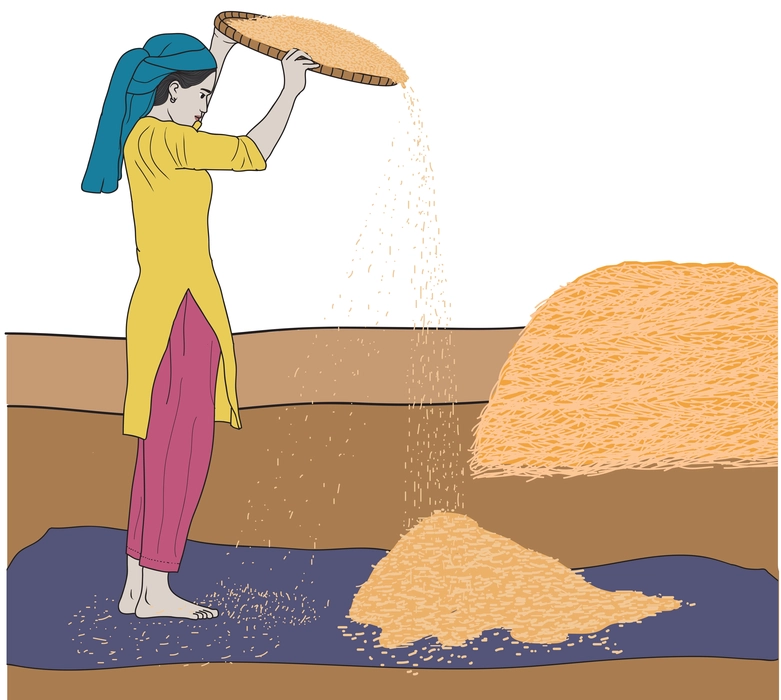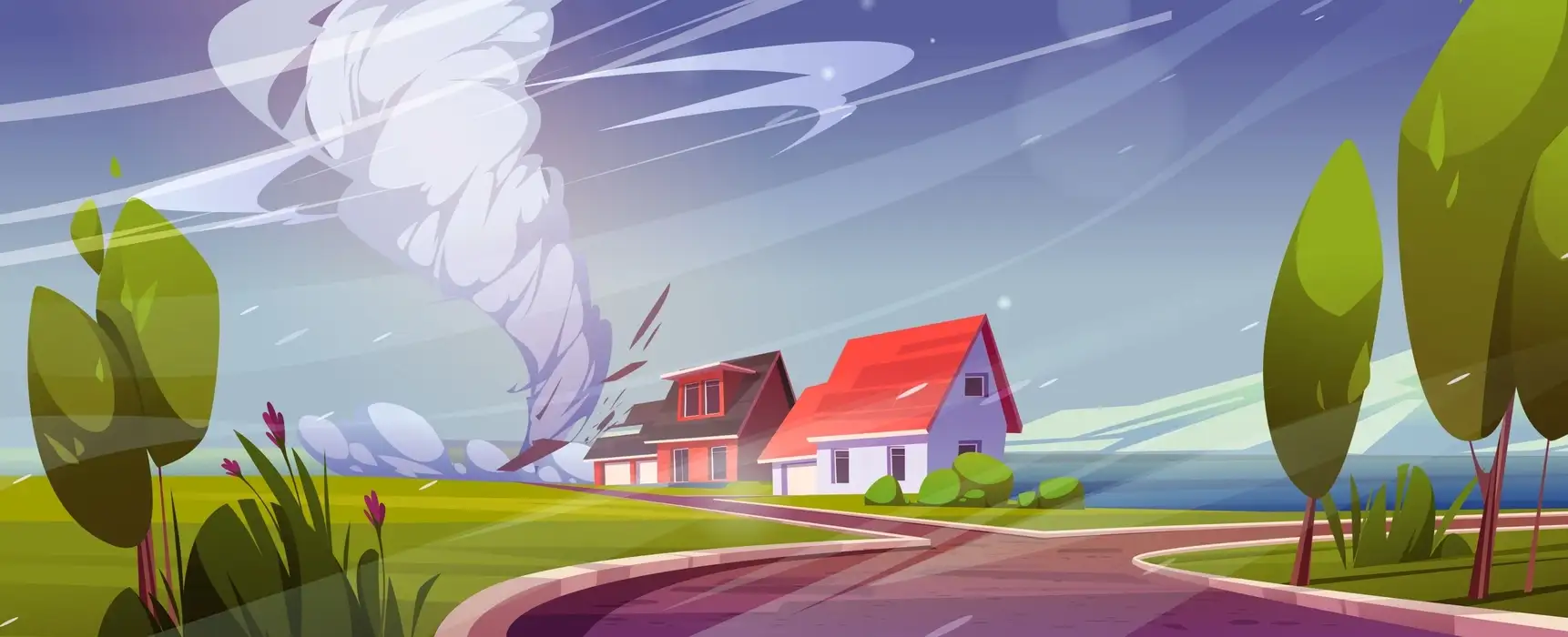Introduction
The wind is a metaphorical poem written by Subramania Bharati. The wind is a metaphor for all of the challenges, hardships, and impediments that we encounter in life. The wind is described by the poet as being fierce and breaking everything in its path. It shatters the window shutters, scatters papers, knocks volumes off of shelves, and even rips pages from books. Along with people’s hearts and lives, its strength also totally destroys homes, doors, and rafters. The poet makes a connection between this strong wind and life’s challenges, hurdles, and struggles.
Summary
The poet requested that the wind blow gently in the first stanza so that it would not do damage to the bookshelves or shatter window shutters. In the second stanza, the window disregards the poet’s advice and discards the books along with their torn pages. The wind begins to exclude weaklings like rafters, doors, and buildings that are actually weak hearts.
The poet then suggests that, on the other side, wind aids in flourishing, much like fire and wheat winnowing. In this approach, he urged people to persevere through all challenges. The world always kicks the weak, but the strong always overcome difficulties. The only way to be friends with the wind or challenges in one’s life is in this way.

The word “crumbling” was used repeatedly in the following paragraph to emphasise how everything crumbles in the presence of a strong wind. According to him, everything that is weak, including buildings, doors, beams, wooden structures, human and animal bodies, etc., falls and collapses. The poet is trying to convey that when the wind is very strong and powerful, everything breaks.

He refers to the wind as the “wind god” in the line that follows, and he claims that the strong god of the wind “examines,” which means that it shifts people and the weak fall and are crushed. As a result, the poet here made a connection between people and wheat. The wind god separates the strong people from the weak ones in the same manner that we sort the wheat to separate the grain from the chaff. Furthermore, everything that is weak falls and gets crushed when there is a strong wind.
About the poet
Subramania Bharati, a Tamil poet, wrote the poem wind in that language. He was highly recognised for Tamil literary work and patriotism in the British era. A.K. Ramanuja, who has translated a lot of classical and contemporary poetry, later rendered the poem “Wind” in Kannada and English. In order to overcome life’s challenges rather than giving up on them, the poet hoped to encourage readers with this poetry.
Check out our English tuition to strengthen your English concepts. Study English tuition for classes 5th,6th,7th, and 8th.
Conclusion
In this poem, the author effectively conveys the force of the wind by calling it “ruinous.” He also contrasts life’s difficulties with the wind’s destructive power. Only individuals who possess guts and confidence can overcome these challenges and triumph. He claims that strong people come out more grounded while frail folks fall apart pretty readily.
The Wind Poem Textbook Questions and Answers
1. What are the things the wind does in the first stanza?
Ans: The windy wind is described in the first stanza as breaking window shutters, scattering papers, tossing all books from the shelf to the ground, and tearing the book’s pages apart.
2. Have you seen anybody winnow gain at home or in a paddy field? What is the word in your language for winnowing? What do people use for winnowing? (Give the words in your language if you know them.)
Ans: Yes, we have observed winnowing of grain at home. This is a typical practise in India, particularly in rural areas. Winnowing is used to separate the wheat from the chaff. It is a method of cleaning wheat in which the grain is flung from a height, where it falls to the ground while the light chaff and dust are carried away by the wind. The terminology for the winnowing procedure in various Indian languages include “phatkna,” “pichorna,” and “Barsana,” among others. A certain type of basket and, in some locations, a container known as a “Chaaj,” are both used for winnowing.
II
1. What does the poet say the wind god winnows?
Ans: The weak creatures in nature are separated from the strong ones by the wind that God winnows. The strong wind tosses anything that is weak, and it destroys it. The wind deity separates the weak from the strong, just like a winnower separates wheat grains from chaff.
2. What should we do to make friends with the wind?
Ans: The poet advises making your body and ears robust to be least affected by the stormy wind, as well as creating strong walls and doors, in order to be friends with the wind.
3. What does the last four line of the poem mean to you?
Ans: The poem’s final four words convey an important message: In the face of adversity, the strong people become stronger and triumph. On the other hand, those who are strong and determined face obstacles head-on, and rather than destroying them, problems in their lives serve to sharpen them or aid in their success.
Extra Questions
1.What is the central idea of the poem wind ?
The author encourages us to be strong both mentally and physically, so that the wind can be our ally. The wind is used as a metaphor for the difficulties and challenges that we all encounter in our lives. The poem emphasizes the importance of facing these challenges with courage and resilience. The author suggests that we need to be strong in the face of adversity, so that we can confront it with confidence and determination. Ultimately, the poem highlights the power of nature and the role it can play in helping us to navigate life’s challenges.
2. Why does the poet want the wind to blow gently?
The poet asks the wind to be gently because he wants people to appreciate it rather than letting it be destructive and turbulent, which only brings about destruction in the world.
3. What does the poem’s “metaphor” mean?
The metaphor “Wind” is used in this poem to represent a challenging scenario that harms some people while benefiting others simultaneously.
4. What is the poem’s hidden message or symbolism?
Ans: We all have trials and obstacles in life, but Subramania Bharati’s poem Wind conveys the idea that we should be resilient enough to overcome them. A weak person crumbles and falls like a weak building, yet a strong person will still prevail over these obstacles.